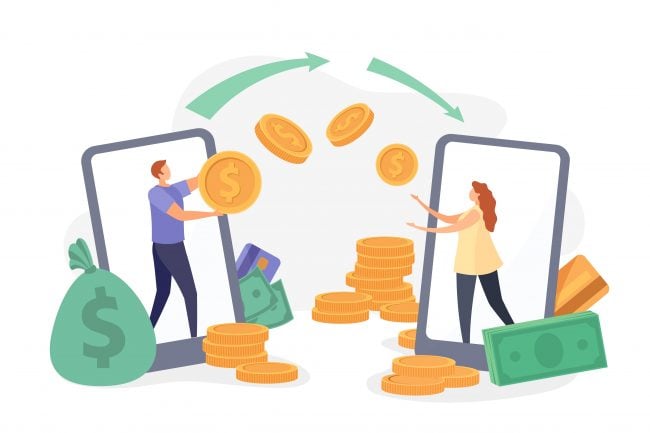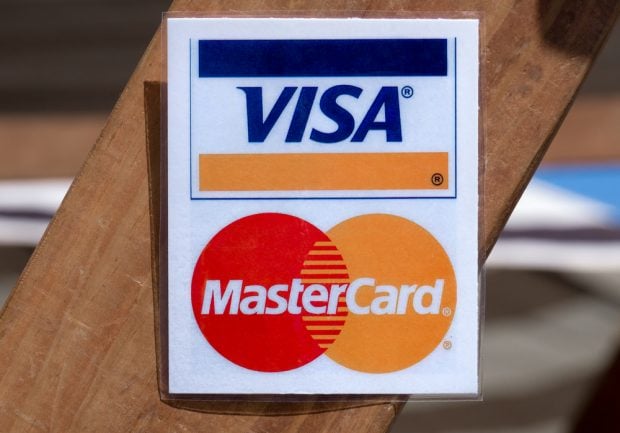
In the year 2020, it should not come as a surprise that my bankand credit card provider for the past 25 years no longer exist. No,they did not go bankrupt overnight because of yet another financialcrisis. They were slowly forced into extinction over a period offive to six years and they did not even feel a tremor. Just likeKodak, Nokia, RIM and taxi cab drivers across the world, they didnot see it coming.
|A century of success with paper money caused by globalizationforced mass exodus of people, opening up of new markets andredefined political boundaries brought about complexitiesassociated with moving money across such boundaries. Banks andcredit card companies thrived in this complexity.
|The banks and credit card providers were designed to influence a“spend before you save” mentality. They innovated and introducedrewards as a way to cling onto customers. They aggregated dealswith merchants to offer discounts on purchases and influencespending. Rewards were cleverly steeped into all engagementpoints.
|To support the spend behavior, the financial institutions weredesigned to sell services instead of servicing their customers. Wehave all experienced trying to buy a car, a new home theater, a newTV and getting upsold on easy financing. We were double-sold everytime. The beauty of such an upsell was that the product we weretrying to acquire masked the financial sale.
|The card providers, on the other hand, designed theirinteractions as transactional, not intelligent. The plastic in ourwallet contained zero intelligence. I mean, the card displayed ourname, expiration date, a card security code, the signature, amagnetic strip, and sometimes an EMV chip. However, these featuresonly did one thing: Validate our identity. They did not tell uswhether we could afford what we wanted to buy, how much we werespending in each category, or any additional context.
|While the titans assumed the status quo, consumer buyingbehavior started shifting. The financial crisis brought about a bigchange in the consumer mindset. The housing bubble, issues withstudent education loan lending and the looming threat of the creditbubble forced consumers to swing from spend before save mindset toa save before spend mindset. The consumer, once trained to buyimpulsively, started to trust the wisdom of the crowd instead. Wewere no longer interested in the purchase without understanding theimpact on our financial health.
||The shift in buying behavior started with the consumer gettingtheir hands on the smart phone, which was launched as a contentconsumption device, evolved in the last decade to add features likelocation awareness, first with GPS capabilities and then withBeacon signal capabilities that help pinpoint someone's locationwithin retail stores.
|The smart phone and social media platforms fundamentally changedthe consumers' usage behavior. Smart phone platforms gave birth toan application and hardware eco-system that brought contextualinsight directly to consumers. The ecosystem allowed measurement,analysis and insight being delivered to the consumer in real-timefor pretty much everything. Increasing consumer expectations forinsights at each touch point in the user experience lifecycle.
|While the tectonic plates were shifting, the banks and creditcard companies held on to old rules. For example, they continuedpushing paper with signatures around when Generation Z refused tolearn how to sign. In other words, while the larger market wastrying to learn the art of risk mitigation, the financialinstitutions were clinging to risk absorption tactics.
|During the same time, we experienced a FinTech revolution. Newbanking, payment and authentication solutions like those enabledand offered by companies like Apple, Google and PayPal offered thesame capabilities (banking and payments) with an upgrade inreliability, faster transactions, better risk algorithm, and fastercash availability. Designed for the internet from the ground up,these players were slowly taking market share away from thetraditional financial institutions.
|The FinTechs blurred the lines of capability and control.Control on the hardware, operating system and the communicationnetwork gave firms like Apple, Google and PayPal a lot of leverage.They started offering digital wallets to facilitate online paymentsthat would bypass the traditional bank and credit card firms'network. The introduction of NFC hardware capabilities furtheredtheir confidence. Now, they had location, context and paymentinformation passing through their network. Who owned the networknow?
|Once location and context were well understood, allretailers/merchants, even cab drivers thanks to Uber and Lyft,started to make buying or paying for service seamless for thebuyer. Basically, POS became a hurdle in the purchase experience.We continued to need credit. We did not need the credit card anylonger.
|Back in the day, banking was done at a designated location.Customers would have to go to the bank to deal with money mattersand serviced by multiple human beings. With location and contextawareness, banks do business where the customers are in real time.No more paper trails. No more signing.
|Maybe banks and credit card firms had their moment and servedtheir purpose well. Maybe it was time for them to be gone. Whatcould they have done differently to adapt to the winds of change?What would they do if they still had time?
|Indy Sawhney is general manager & client partner-banking& financial services at Mindtree. He can be reachedat 908-604-8080 or [email protected].
Complete your profile to continue reading and get FREE access to CUTimes.com, part of your ALM digital membership.
Your access to unlimited CUTimes.com content isn’t changing.
Once you are an ALM digital member, you’ll receive:
- Critical CUTimes.com information including comprehensive product and service provider listings via the Marketplace Directory, CU Careers, resources from industry leaders, webcasts, and breaking news, analysis and more with our informative Newsletters.
- Exclusive discounts on ALM and CU Times events.
- Access to other award-winning ALM websites including Law.com and GlobeSt.com.
Already have an account? Sign In
© 2024 ALM Global, LLC, All Rights Reserved. Request academic re-use from www.copyright.com. All other uses, submit a request to [email protected]. For more information visit Asset & Logo Licensing.









